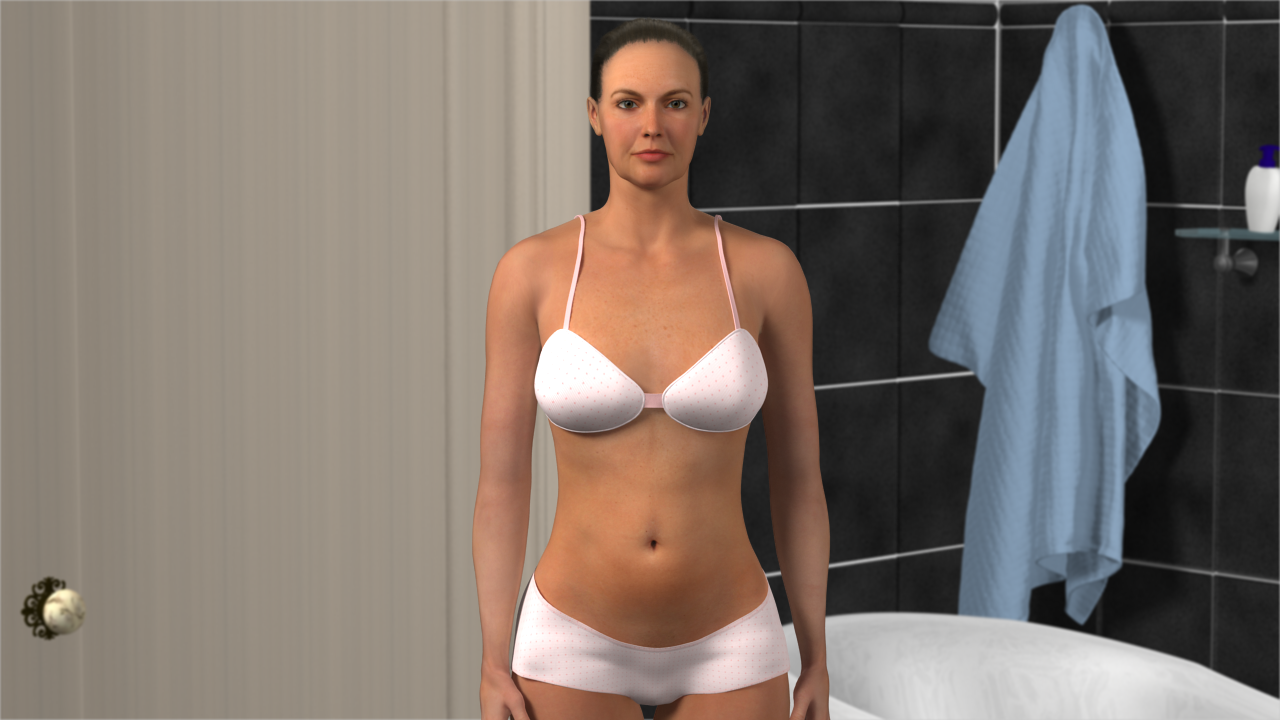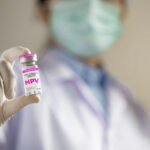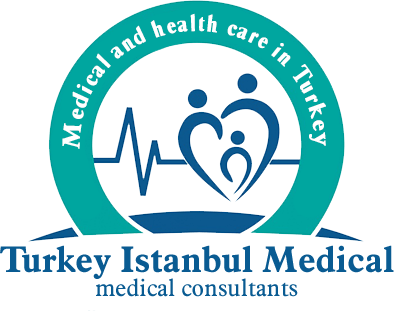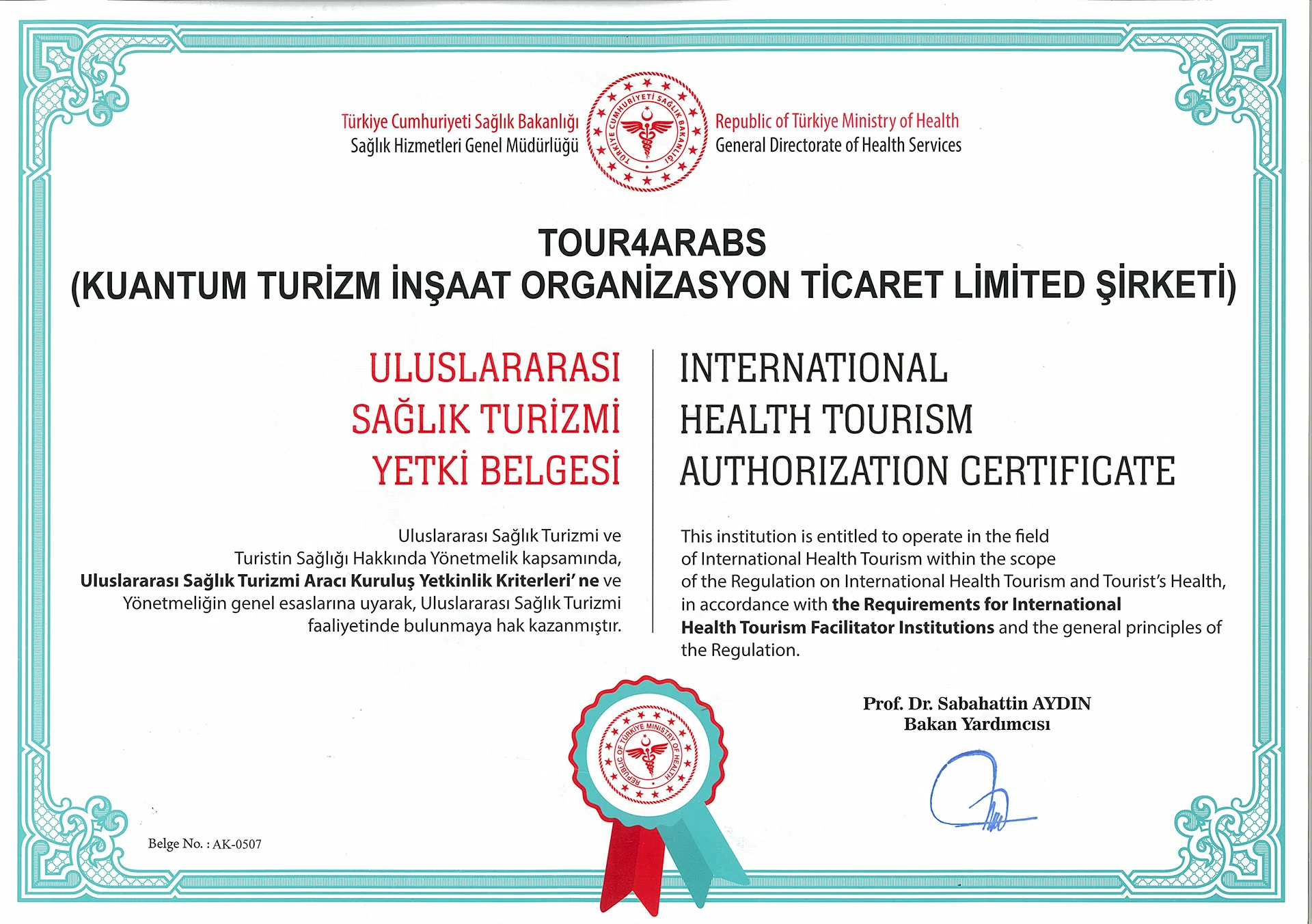Breast Reconstruction – Breast Implants
Breast Reconstruction ; A variety of reconstruction options exist and can restore breasts to near normal shape, size, and appearance. Some options involve using a flap of your tissue, called an autologous flap, which is taken from your abdomen, back, buttocks, or another area to reconstruct your missing breast. Other options involve using a breast implant, which is an elastic silicone sac filled with a sterile saline solution or silicone gel. Sometimes autologous flaps and implants are used together. The type of reconstruction you choose will depend on your body type, lifestyle factors, procedure risks and benefits, and personal preferences. Your plastic surgeon will help you decide which procedure is best for you.
Anatomy
The breast is composed of mammary glands and milk ducts surrounded by fatty tissue, which provides shape, and ligaments and connective tissue, which provide support. The pectoralis muscles lie underneath the breasts, separating them from your ribs.
The breast does not contain muscle tissue, except for tiny muscle fibers in the nipple. The circular, darker region around the nipple is called the areola.
Blood is supplied to the breast by a network of blood vessels, providing cells with oxygen and nutrients and removing wastes. Lymph, a fluid that helps fight infection and eliminate waste material, circulates through the breast and the rest of the body through a series of lymph vessels and lymph nodes.
During a mastectomy, all fatty tissue, connective tissue, and glands are removed. Depending on findings and the extent of cancer, lymph nodes in the armpit area may also be removed. Although there are skin-sparing and nipple-sparing mastectomy options, the nipple and areola are also commonly removed to minimize the risk of recurring cancer.
Preparation
A general surgeon and plastic surgeon will often work together to coordinate your care. Before your surgery, the surgeons will draw guidelines for your particular procedure, including any necessary markings for incisions, tissue flaps, or implant placement. General anesthesia will be administered, in which you are asleep and will not feel pain. Breast reconstruction procedures typically last anywhere from two to eight hours depending on which procedure is chosen and whether one or both breasts are reconstructed.
Options for Breast Reconstruction with Flaps
Options for reconstruction with autologous flaps can be done with what is known as either pedicle flaps or free flaps. Pedicle flaps remain attached to their original blood supply, whereas free flaps are completely detached from one area of the body and reconnected to tiny blood vessels in another area.
The surgeon uses a microscope to visualize vessels from the harvested flap and attach them to vessels in the breast area, a technique known as microsurgery.
Although weakness at the flap harvest site may be less of an issue because muscles are usually left intact, the microsurgery procedures are considered to be more complicated because vessels need to be carefully reattached to ensure adequate blood circulation and prevent loss of the flap. A table with some of the more common types of flaps, whether or not they are pedicle flaps, and factors to consider when making a decision is shown. The next parts of this animation will provide overviews of several of the more common reconstruction options.
TRAM Flaps
One type of flap harvested from the lower abdomen is the TRAM (transverse rectus abdominis muscle) flap. A TRAM flap may be performed as either a pedicle or a free flap procedure. An oval section of skin, fat, and muscle tissue may be taken from the abdomen.
In the pedicle flap version, muscle tissue and blood vessels remain attached to provide blood to the flap. Depending on whether one or both breasts are being reconstructed, one or both halves of the flap will be used accordingly. The flap is tunneled under the skin to the chest area, creating the new breast mound.
Although a TRAM pedicle flap has similarities with other flaps using abdominal tissue, it is a shorter surgery that avoids the complications of microsurgery. However, a disadvantage of the TRAM pedicle flap is that it is more likely to disrupt the muscle tissue, which can result in loss of abdominal strength.
In the free flap version, skin and fatty tissue are detached from the abdomen. Microsurgery is used to attach blood vessels in the chest to the newly placed flap. The free flap version may allow the surgeon to spare most, if not all, of the abdominal muscle.
DIEP & SIEP Free Flaps
Two similar types of flaps from the abdominal region are named for the vessels that nourish them. A DIEP (deep inferior epigastric perforator) flap uses tissue that has as its primary blood supply the deep inferior epigastric artery and vein. A SIEP (superficial inferior epigastric perforator) flap has as its primary blood supply the superficial inferior epigastric artery. In both a DIEP and SIEP free flap procedure, an oval incision is made in the abdomen, and skin and fat tissue are excised. Similar to a TRAM free flap, the surgeon uses microsurgery to attach vessels to their new blood supply.
Gluteal Free Flaps
Two types of flaps that are obtained from the buttock region are also named for the vessels that nourish them. An SGAP (superior gluteal artery perforator) free flap uses skin and fat tissue that has as its primary blood supply the superior gluteal artery and vein. An IGAP (inferior gluteal artery perforator) free flap uses tissue that has as its primary blood supply the inferior gluteal artery and vein. The oval-shaped tissue flap for an SGAP is taken from the upper buttock, whereas tissue for an IGAP is taken from the lower buttock. Microsurgery is used in this procedure as well, allowing blood vessels from the chest to be attached to those in the flap.
Latissimus Dorsi Pedicle Flap
A Lat (Latissimus Dorsi) Pedicle Flap uses tissues from your upper back to form a new breast mound. The Lat flap procedure is named for the large latissimus dorsi muscle, located below the shoulder blade and under the armpit. The procedure involves moving muscle, skin, and fat from this area around to the front of the chest to reshape the missing breast tissue. The muscle remains attached to the armpit area and blood vessels are left attached and intact to provide blood to the flap.
Options for Reconstruction with Implants
As you realize, breast reconstruction has many options. Implants may be used alone or in combination with a flap, procedure to recreate the missing breast mound. If a skin-sparing mastectomy is performed, wherein much of the breast skin is preserved, an implant alone may be used to reconstruct the breast immediately.
As soon as the general surgeon has completed the mastectomy, the plastic surgeon will insert the implant under the pectoralis muscle to hold it in place. If the mastectomy leaves the skin on the chest flat and tight, a two-stage implant process may be used.
During the first stage, a temporary tissue expander is positioned and slightly expanded with a small amount of sterile saltwater, called saline solution. The tissue expander is gradually enlarged for several weeks by injecting a small amount of saline at regular visits.
When the tissue expands to the desired size for your new breast, the second stage of the procedure replaces the expander with a permanent saline-filled or silicone gel-filled breast implant. In some instances, the tissue expander is left in place to serve as the implant and the second stage of the procedure is not necessary. Cancer treatment with radiation may reduce the likelihood of a successful implant procedure and should be discussed with your surgeon.
New Techniques and Additional Support
While popular breast reconstruction procedures have been highlighted, surgeons are actively exploring and testing new techniques to improve outcomes. Sometimes breast reconstruction procedures benefit from additional support for growth and healing.
Surgeons may use a synthetic mesh or products created from donated human or animal skin for this purpose. Products made from donated skin, known generically as an acellular dermal matrix, have had the cells removed, which prevents the body from rejecting the material and prevents the transmission of diseases.
Synthetic mesh and acellular dermal matrix products may accommodate the size and weight of implants or flaps, repair and support abdominal tissues after the flap relocation, and facilitate surrounding tissues nourishing the new breast tissue during healing.
Procedure
Regardless of which type of reconstruction option is chosen, an incision is made in the chest, either from an immediate mastectomy procedure or along the scar of a previous mastectomy. A pocket-like opening is formed to hold the flap, expander, or implant. If a pedicle flap procedure is done, a tunnel is created under the skin from the harvest site to the chest, and the tissue flap is gently pushed through the tunnel up to the breast area. Once the flap is in place on the chest and properly attached to its blood supply, drain tubes are typically placed near the harvest site to prevent fluid buildup. For free flaps and reconstruction with implants or expanders, drain tubes may also be placed in the reconstructed breast tissue to collect fluid during healing. Once the flap, expander, or implant is positioned, incisions are closed with sutures, skin adhesive, or surgical tape.
Recovery
Depending on your type of reconstruction, you may remain hospitalized for up to a week or more. You will most likely experience bruising and swelling after surgery, which may subside within a few days, or persist for several weeks to a couple of months. It is important to note that since nerves are cut in the course of the surgery, your reconstructed breast typically does not retain normal sensitivity. Drain tubes are usually removed a few days after your surgery and if your surgeon has used non-dissolving sutures, they will typically be removed in a week or two. Scars from the incisions will fade considerably over time, but typically do not completely disappear. Your doctor will give you detailed instructions for your recovery period, including lifting and activity restrictions, and whether you need to wear a support garment to provide stability during healing.
Revisions
While your initial reconstruction procedure creates the breast mound, you have the option to undergo subsequent procedures to give your breasts a more natural appearance. These may include revising the reconstructed breast or the opposite breast to achieve a more symmetrical appearance, and procedures to create a nipple and areola. A nipple can be formed using existing breast skin and tissue. Sometimes the skin can be taken from elsewhere on the body and used to create the areola. After healing, areolar pigmentation may be achieved by tattooing the reconstructed nipple and the surrounding area. You are now familiar with some of the wide variety of options for breast reconstruction. New approaches are being considered as well, and the popularity of current procedures may change as techniques evolve. Your surgeon will help you evaluate the options to determine which procedure is best for your particular body and lifestyle.






